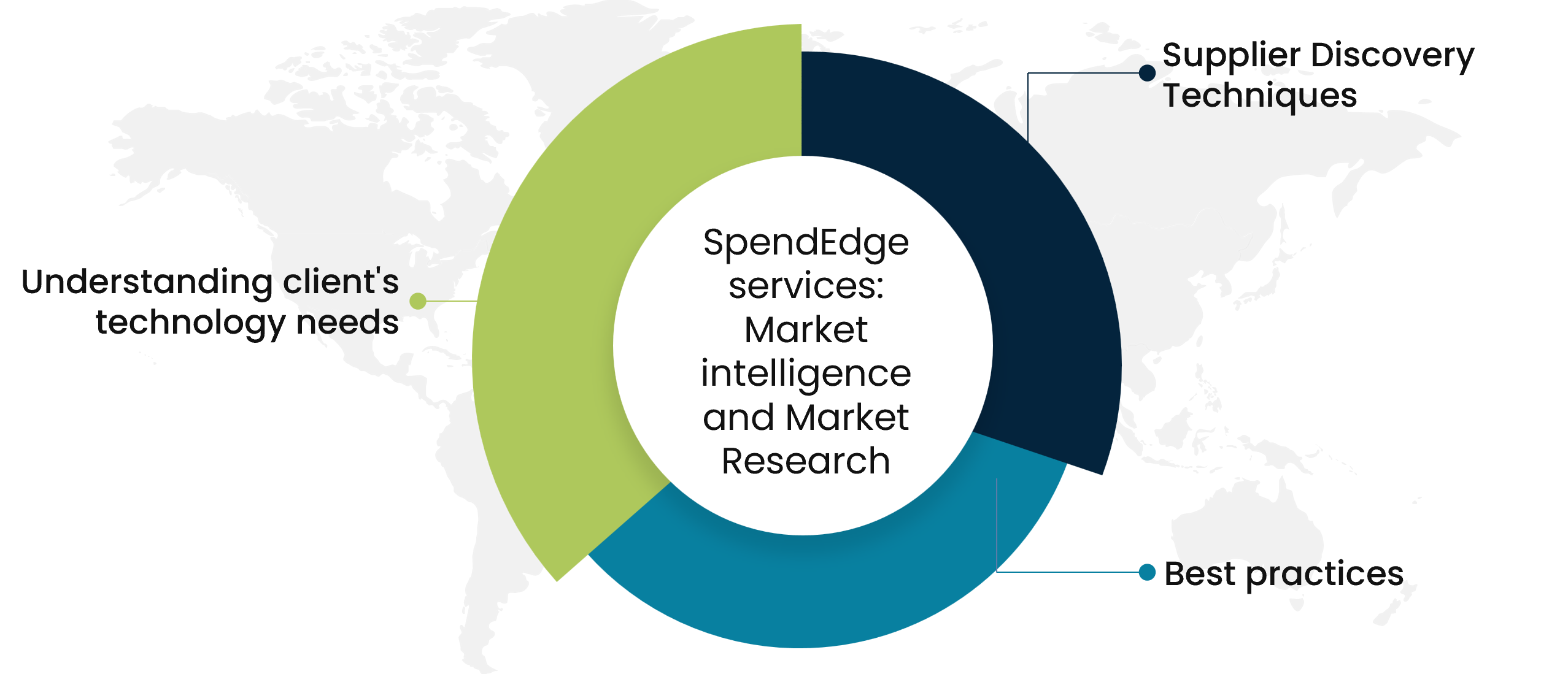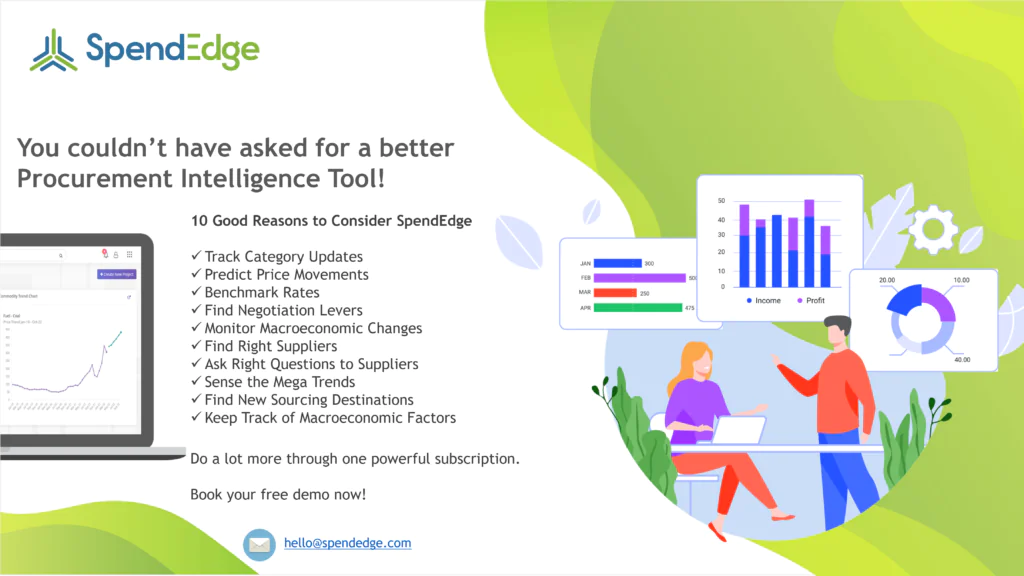By: George Mathew
Smart factories represent a digitally interconnected supply network, encompassing our development and manufacturing facilities, as well as the entirety of our end-to-end supply chains. This ecosystem extends to include external suppliers and partners, creating a cohesive and technologically enabled environment. Accurately predicting supply chain requirements is a long-standing challenge for manufacturers, especially in the pharmaceutical industry. Market conditions, emerging diseases, novel therapies, seasonal fluctuations in demand, and other factors all contribute to making it difficult to forecast the amount of a specific product to produce, as well as the resources required. For instance, it is easier to forecast supply chain needs for daily medication with consistent demand.
However, it can be more challenging to procure the appropriate amounts of raw materials for a new medication or a seasonal vaccine. Pharmaceutical manufacturers can benefit from both internal and external data to enhance the quality of their products and provide better experiences for healthcare providers and patients. This can help to reduce the probability of undetected defects, which may have a significant impact on patients who rely on new medications or experimental treatment regimens. By leveraging data, manufacturers can avoid costly investigation and rework cycles, resulting in a better quality of life for patients.
How can smart factories improve and enhance the healthcare industry?
Forecasting based on historical data and access to real-time data:
Accurately predicting supply chain needs is a common challenge for manufacturers, especially in the pharmaceutical industry. Factors like market conditions, emerging diseases, new therapies, and seasonal demand variations make it difficult to determine the right number of products to produce and the necessary inputs. Touchless forecasting addresses this by utilizing advanced analytics and real-time demand inputs, derived from historical data, ERP systems, historian systems, and IoT sensors. Creating a “data fabric” enables unified data access for analysis and forecasting, leading to more precise supply chain planning and resource allocation, ultimately preventing shortages caused by prediction errors.
IoT-generated data: Smart factory to improve supply chain
The smart factory relies on IoT sensors to track equipment performance, employee location, and other important aspects of the production process. This sensor data enables real-time monitoring of factory operations, allowing managers to proactively address issues instead of reacting to them. By analyzing historical data, trends can be identified, such as maintenance intervals for specific equipment, enabling predictive maintenance to prevent unplanned downtime and reduce unnecessary maintenance costs. Maintenance can be scheduled between production runs to minimize disruptions. Historical factory data can also be used to create digital twins, which simulate equipment, production lines, or entire factory operations. This allows for experimentation and optimization without risking real-world production or scarce resources.
Aid in developing or improving the quality of products:
Smart factory and supply chain technologies offer significant benefits in developing and improving the quality of products. By leveraging advanced analytics, real-time data, and automation, these technologies enable manufacturers to enhance product quality in several ways. Firstly, they provide real-time visibility into the production process, allowing for proactive identification and resolution of quality issues. Secondly, they enable predictive maintenance, ensuring that equipment and machinery are functioning optimally, reducing the risk of defects. Additionally, smart factory technologies facilitate better traceability and tracking of raw materials and components, ensuring their quality and authenticity. Overall, these technologies empower manufacturers to implement quality control measures.
SpendEdge services: Market intelligence and Market Research

Supplier Discovery Techniques: Identifying and evaluating
By utilizing our comprehensive supplier shortlisting insights, you can optimize growth and reduce costs by identifying and engaging with suppliers that align with your business objectives. We determine the essential criteria for achieving successful supplier engagement and evaluate supplier capabilities based on those criteria. Obtain detailed information about supplier performance specific to each key performance indicator. Categorize suppliers into quadrants according to their operational and functional capabilities and rank them to identify the most suitable suppliers. You can also gather additional information about the best-fit suppliers for further engagement.
Understanding client’s technology needs and developing application architecture:
SpendEdge offers a service focused on technology enablement, specifically in understanding clients’ technology needs and developing application architecture. This service involves a comprehensive analysis of the client’s technological requirements and goals, followed by developing a tailored application architecture to meet those needs. We thoroughly understand the client’s business objectives, existing technology infrastructure, and desired outcomes. Our team of experts collaborates closely with the client to gather requirements, identify pain points, and assess the current technology landscape. Based on this analysis, our experts develop a strategic plan for technology enablement, which includes designing an application architecture that aligns with the client’s objectives. This architecture encompasses the selection of appropriate technologies, frameworks, and platforms to support the client’s business processes and enhance operational efficiency.
Best practices: Analyzing competitor’s practices in terms of strategy alignment
Gain an understanding of the most widely recognized and accepted set of procedures that serve as benchmarks and aid in improving the efficiency and results of sourcing and procurement activities. Best practices enforced in most industries align with regulatory requirements. Implementing best practices helps businesses demonstrate compliance and meet their legal obligations. Adhering to preset guidelines as defined in the best practices helps maintain high-quality standards in terms of product, service, and processes by minimizing errors.
SpendEdge success story: A pharmaceutical company
A pharmaceutical company based in Switzerland faced challenges in optimizing its healthcare supply chain, which resulted in inefficiencies in delivering crucial medications to patients and healthcare providers. To address this issue, the client aimed to use Smart Factory and advanced Supply Chain Technology to improve their operations and ultimately enhance healthcare outcomes for both patients and providers.
Our team of experts at SpendEdge conducted a thorough market analysis to identify the top technology suppliers in the smart factory and supply chain domains based on criteria such as expertise, track record, scalability, and cost-effectiveness. We collaborated closely with the client’s stakeholders to align technology solutions with their requirements to improve healthcare outcomes. Based on our analysis and shortlisting suppliers with a successful track record in the pharmaceutical industry, we tailored a scalable and flexible application architecture. We recommended a solution that integrates smart factory technology with advanced supply chain management systems, adhering to industry best practices and compliance standards.
Our solutions enabled the client to leverage smart factory and supply chain technology successfully, improving their operations in the pharmaceutical industry. The implemented solutions not only addressed current challenges but also positioned our client for future growth and innovation in the dynamic healthcare landscape.

Contact us now to solve your procurement problems!
Author’s Details
George Mathew
Associate Vice President, Sourcing and Procurement Intelligence
George is a procurement specialist at Infiniti Research and provides advisory services to clients across the pharmaceutical, CPG & FMCG, energy, and automotive sectors. He specializes in the procurement areas of industry benchmarking, cost modeling, rate card benchmarking, negotiation advisory, and supplier intelligence.




